The vast ocean is filled with weird and wonderful creatures, so we weren't stuck with a choice when we were asked to choose the world's strangest sea creature. From vampire squids to scary-looking hairy worms, here's a look at some of our favorite weirdest sea creatures. If you dare to continue reading, let us explore their wonderful world together...
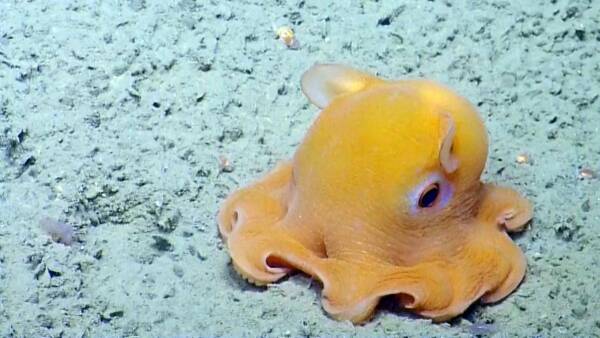
1. Dumbo Octopus
The Dumbo octopus—named after a certain cartoon elephant—is part of this world, inhabiting our deepest waters. In 2019, an unmanned submersible captured a photo of the ocean floor at a depth of nearly 7 kilometers in the Java Trench in the Indian Ocean, the deepest reliable record of a cephalopod.
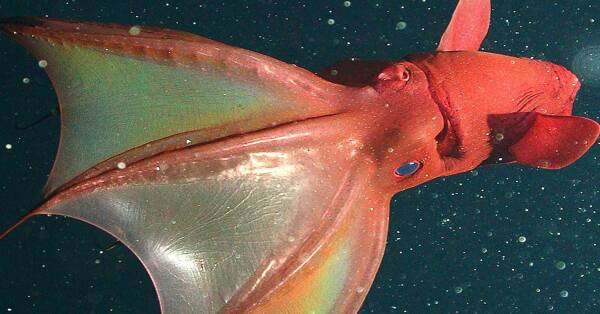
2. Vampire Squid
Strange things lurk in the deepest, darkest corners of the Earth. It couldn't be deeper or darker than the ocean floor, and it couldn't be stranger than Vampyroteuthis infernalis ("vampire squid from hell"). Although it gets its name from its dark color and the cape-like webbing between its arms, the vampire squid is neither a vampire nor a squid. It is the only member of the order Cephalopods.
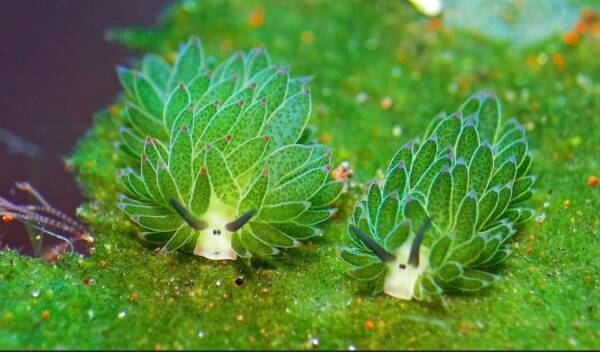
3. Sea slug Costasi
Costasiera sea slugs—also known as "leaf sheep" and "Shawn's sheep slugs" for obvious reasons—spend most of their time eating seaweed. But it doesn’t completely digest this plant matter. Somehow, it separates the chloroplasts (the green organelles inside plant cells that convert sunlight into chemical energy) from the rest of the food and embeds them into its own tissue, making the slug a rare example of a photosynthetic animal.

4. King Shrimp
It's hard to tell whether the clashing color combinations on display here are avant-garde, elegant garments or a horrific fashion faux pas. Regardless, this glamorous couple is hard to ignore. The king shrimp spends its entire life on the back of its sea slug host. The relationship is one of mutual convenience: the shrimp provide specialized cleaning services in exchange for the protection conferred by the mollusk's chemical defenses.
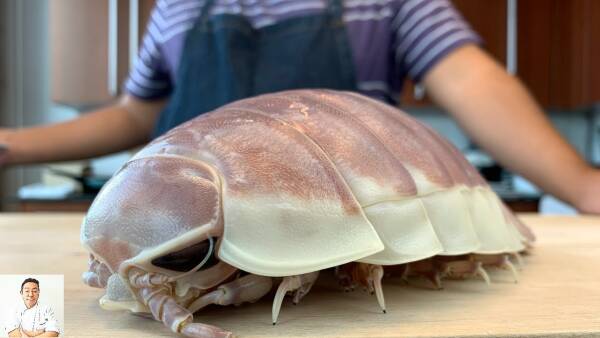
5. Giant isopods
A 30cm long giant woodlouse? They sound like mythical creatures from the world of Harry Potter, but they do exist. Fortunately, these creatures live deep in the ocean, at least 500 meters deep to be exact. Not much is known about these arthropods, but they are thought not to be as scary as they appear, and they feed on anything they can find, from crab meat to marine worms – well, not much to choose from so far
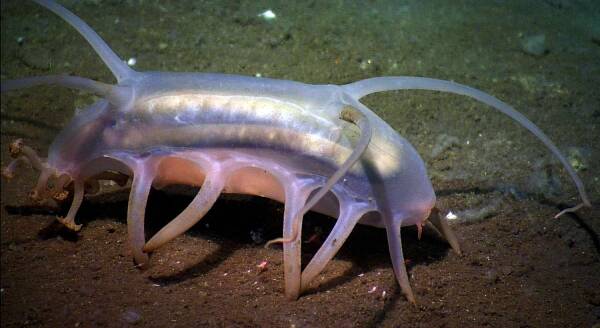
6. Sea Pig
There's nothing weirder than the sea pig, a genus of sea cucumber that looks straight out of Doctor Who. Sea pigs, named for their plump, pink and round bodies, are plentiful, but you're unlikely to see them because they live at depths of over 1,200 to 5,000 meters (over three miles!). The way they move is one of their many bizarre features. They crawl around the deep ocean floor using special tubular "legs" that can be inflated and deflated with water and moved by hydraulics. This also allows them to stir up the ooze under their "feet" as they move, releasing decaying plant and animal material for snacks.
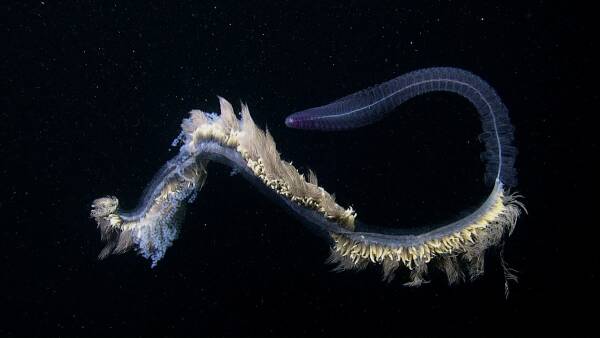
7. Giant siphonophore
Praya dubia is not a fish, whale or jellyfish - the giant siphonophore (Praya dubia) is an incredible giant of the underwater world. Giant siphonophores can grow to more than 40m and live in cold water at depths of 50-200m. It's a social animal, which means it's actually a long chain of individuals. Each one has its own role - some bite and capture food, others digest nutrients and spread them throughout the colony, while the rest are responsible for reproduction. Definitely deserves a spot on our list of the weirdest sea creatures – in fact, it also made it to our list of the weirdest animals of all time.

8. Nudibranch sea slug
Whatever this is, it seems to attract more attention than strictly necessary. Doto greenamyeri is a species of nudibranch sea slug that was only described in 2015. It's about 15 millimeters long, and it's not an eyeball. (Nudibranchs have small eyes and poor vision; they can only distinguish between bright and dark surroundings.) These are chemically protected projections called "cerata", they show off their venom to predators while also functioning as gills. Serata has been likened to a drizzle of honey and a stack of pancakes or donuts.

9. Polychaete worms
Each body segment of polychaete worms has a pair of fleshy protrusions called pseudopods with many setae called caterpillars, which are made of chitin. More than 10,000 species are described in this category. Common representatives include sandworms and clam worms. Polychaetes are extremely diverse in form and lifestyle, including some that swim among plankton or above abyssal plains. Most burrow or build tubes in the sediment, and some live symbiotically. A few species, about 80 (less than 0.5% of species), are parasitic. The famous polychaete Pompeii worm (Alvinella pompejana) is endemic to hydrothermal vents in the Pacific. Pompeii worms are among the most heat-resistant complex animals known.
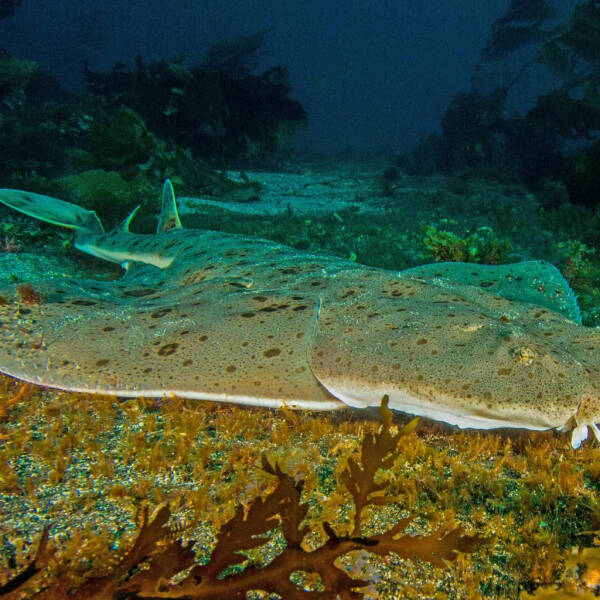
10. Angel Shark
The shark looked as if it had been run over by a steam roller, flattened. Angel sharks look somewhere between a shark and a ray, and are only about 2.4 meters long. They have large, tumbling fins on their sides and two small dorsal fins perched on their tails. It is advantageous for them to be as flat as possible since they spend most of their time buried in the sand on the ocean floor.
animal tags: slug jellyfish worm
We created this article in conjunction with AI technology, then made sure it was fact-checked and edited by a Animals Top editor.